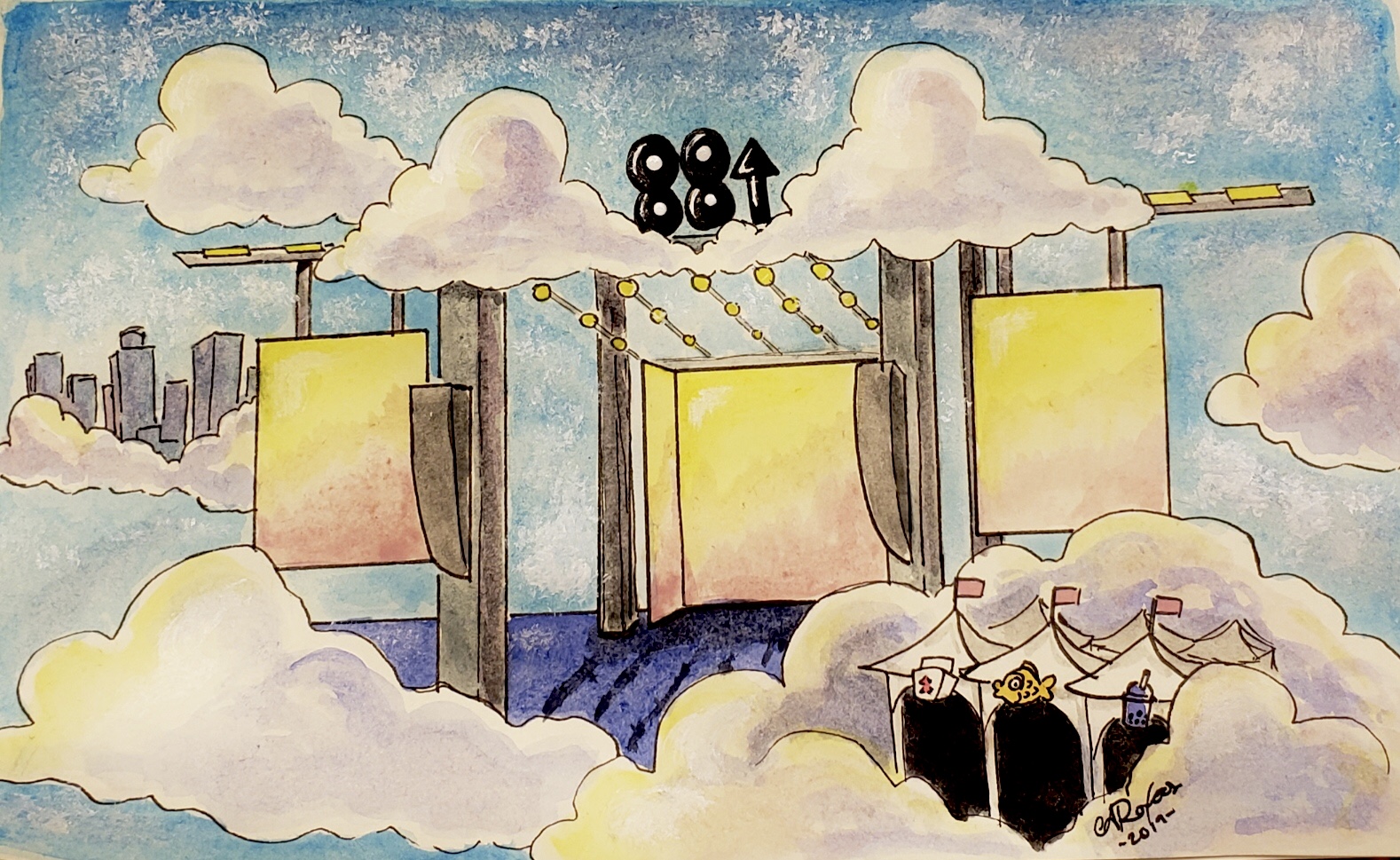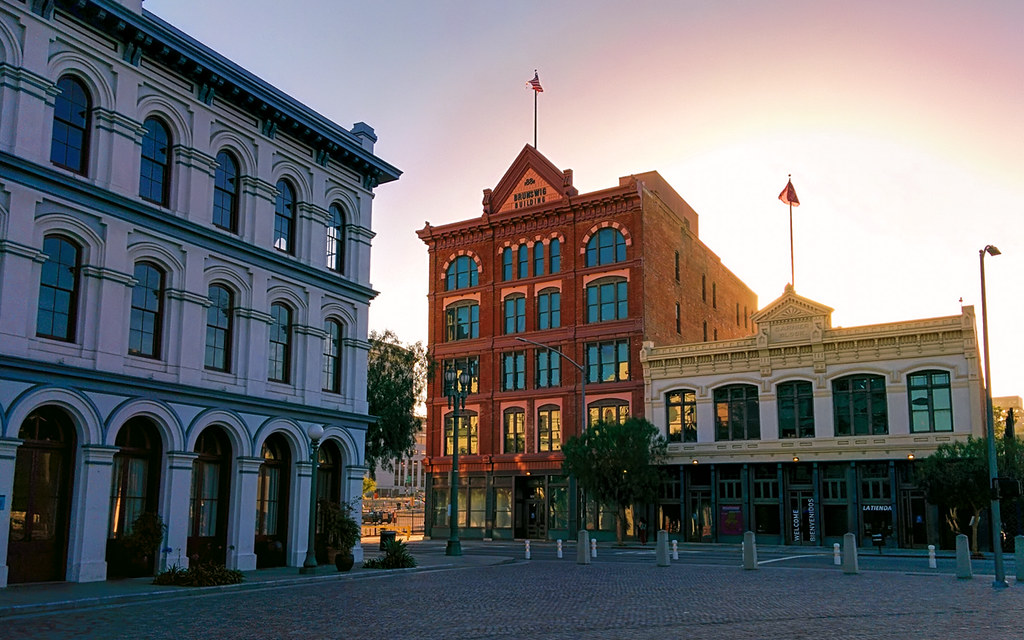
I’ve been thinking lately about the ways that cuisines are transformed and reinterpreted when they’re translated from home cooking to a professional kitchen. It was the subject of my newsletter last week, in conversations with food writers Andy Baraghani and Naz Deravian on the subject of Persian restaurant menus. And it was, in essence, the impetus for a recent nine-day trip I took to Lebanon.
I’d known Lebanese cuisine only from restaurants I’d reviewed over the years, mostly in Atlanta: mezze of hummus, tabbouleh, labneh (yogurt drained to the thickness of fresh cheese) and fatayer (small savory pies often filled with spiced spinach and pine nuts); falafel and kebabs and shawarma.







